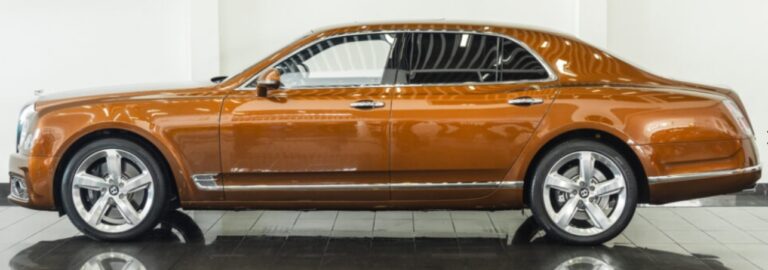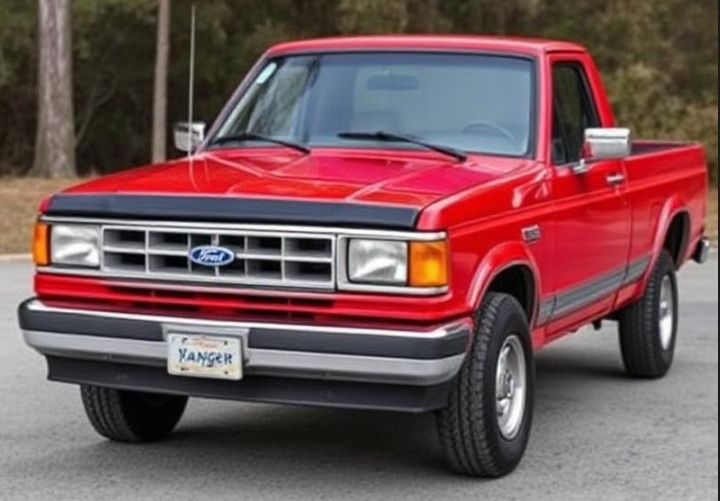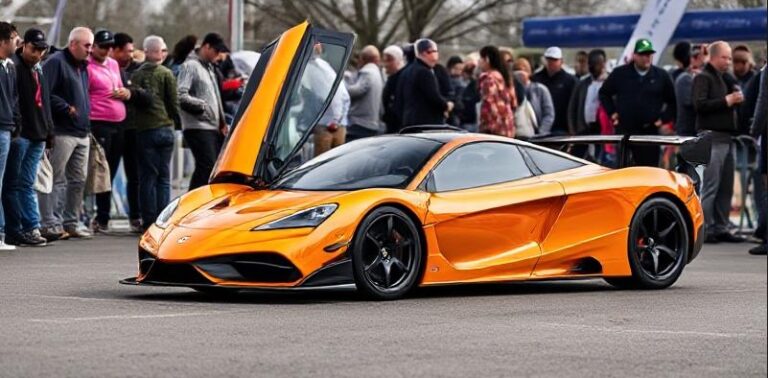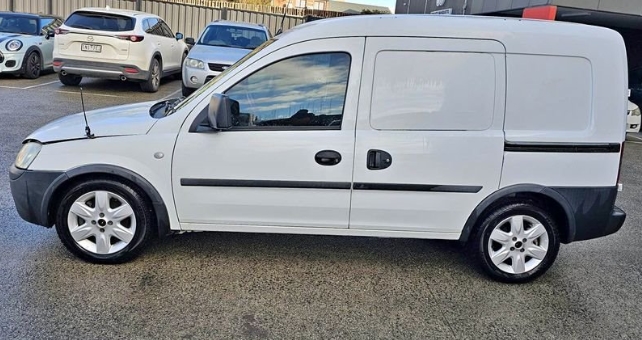The Evolution of the Lexus LFA
The Lexus LFA stands as one of the most iconic and celebrated supercars of the modern era, representing Lexus’s bold foray into the high-performance segment. Launched as a limited-production masterpiece, the LFA showcased advanced engineering, innovative materials, and meticulous craftsmanship. This article provides a detailed account of the LFA’s development, production years, models, and trim levels, highlighting its evolution from conception to the final units produced.
Origins and Development
The genesis of the Lexus LFA dates back to the early 2000s, during a period when Lexus sought to redefine its performance credentials. The project was officially announced in 2000, with the goal of creating a supercar that could rival European rivals such as Ferrari, Lamborghini, and Porsche. Lexus invested heavily in research and development, aiming to produce a vehicle that combined cutting-edge technology, lightweight construction, and exceptional driving dynamics.
The development process was lengthy and intensive, spanning nearly a decade. It involved collaboration between Lexus engineers and specialists from Toyota’s motorsport divisions, as well as external suppliers. A key focus was the powertrain; the result was a naturally aspirated V10 engine that would become legendary in its own right.
Production Timeline and Units
The Lexus LFA was produced over a relatively short period, from December 2010 to December 2012. This limited production run was driven by the car’s exclusivity, technological complexity, and the high cost of manufacturing.
- Total Units Produced: Approximately 500 units worldwide.
- Manufacturing Location: The LFA was assembled at the Motomachi plant in Japan, utilizing highly specialized hand-assembly techniques.
Model Overview and Trim Levels
The Lexus LFA was introduced as a singular, highly specialized model with no traditional trim levels like those seen in mass-market vehicles. Instead, the focus was on delivering a bespoke, high-performance experience, with variations primarily in color options, interior materials, and optional features.
Standard Model (2010-2012)
The initial and only model of the Lexus LFA was the LFA Coupe, which remained largely unchanged throughout its production. The car’s design was characterized by aerodynamic efficiency, lightweight construction, and a distinctive, aggressive stance.
Key Features:
- Engine: 4.8-liter V10 naturally aspirated engine (designated as 1LR-GUE)
- Power Output: 552 horsepower at 8,700 rpm
- Torque: 354 lb-ft at 6,800 rpm
- Transmission: 6-speed automated sequential transmission (Super Lexus Transaxle)
- Drive Type: Rear-wheel drive (RWD)
- Performance: 0-60 mph in approximately 3.6 seconds; top speed around 202 mph
Special Editions and Customization Options
While Lexus did not officially produce multiple trim levels, it offered several bespoke options for early buyers, making each LFA somewhat unique.
- LFA Nürburgring Package (2012)
- Introduction: Announced in 2012, this was the most notable variant of the LFA.
- Purpose: Developed to improve track performance, particularly around the Nürburgring Nordschleife.
- Features:
- Increased power output to approximately 567 horsepower.
- Reduced weight through the use of carbon fiber components.
- Upgraded suspension and aerodynamics.
- Special Nürburgring-inspired interior accents.
- Production: Limited to just 50 units.
- Price: Significantly higher than the standard model, reflecting the enhancements.
- Individual Customization and Special Paints Lexus offered extensive bespoke options, allowing buyers to choose unique exterior colors, interior materials, and trim details. This level of personalization meant that every LFA could be tailored to the owner’s preferences, effectively creating limited “personal trim levels.”
Design and Technological Evolution
Throughout its production, the Lexus LFA remained largely unchanged in terms of core specifications. However, several technological and design refinements were incorporated, especially with the Nürburgring Package.
- Materials: Extensive use of carbon fiber reinforced polymer (CFRP) for the chassis, body panels, and interior components to reduce weight and increase rigidity.
- Aerodynamics: Advanced active aerodynamics, including a rear wing and diffusers, optimized downforce and stability.
- Engine: The V10 engine was hand-built at Toyota’s Motomachi plant, emphasizing craftsmanship and precision.
- Transmission: The 6-speed automated manual transmission used a dual-clutch system to deliver rapid gear shifts.
The LFA in Context
The LFA was more than just a supercar; it was a technological showcase and a statement of Lexus’s engineering ambitions. The vehicle’s development cost was estimated at over $1.2 billion USD, reflecting the immense resources invested in creating a supercar that could stand shoulder-to-shoulder with European rivals.
Despite its high price and limited production, the LFA garnered critical acclaim for its driving dynamics, sound, and engineering excellence. Its naturally aspirated V10 engine was particularly lauded for its high-revving nature and distinctive exhaust note, contributing to its legendary status.
We LOVE cars & cruising around, but sometimes day trips to explore new cities are required (with family or friends) for a spice of variety in your life!
So GO explore!
Cruises & Day/Night City Tours to: Baltimore, Boston, Chicago, Marina Del Ray, New York, Niagara, Philadelphia, San Diego, San Francisco, Toronto, Washington DC, etc.:

.
Post-Production and Legacy
After production ended in December 2012, the Lexus LFA remained a highly sought-after collector’s item. Its limited run and technological significance have cemented its place in automotive history.
In recent years, Lexus has subtly hinted at future high-performance models inspired by the LFA’s engineering principles. While a direct successor has not been announced, the marque continues to emphasize performance, technology, and craftsmanship in its lineup.
Summary of Key Facts
| Aspect | Details |
|---|---|
| Production Years | December 2010 – December 2012 |
| Total Units | Approximately 500 |
| Main Model | Lexus LFA Coupe |
| Special Edition | Nürburgring Package (50 units) |
| Engine | 4.8L V10 (1LR-GUE) |
| Power | 552 hp (standard), 567 hp (Nürburgring Package) |
| Transmission | 6-speed automated sequential (Super Lexus Transaxle) |
| Drive | Rear-wheel drive (RWD) |
| Top Speed | ~202 mph |
| 0-60 mph | ~3.6 seconds |
| Notable Features | Extensive use of CFRP, active aerodynamics, bespoke customization |
Conclusion
The Lexus LFA remains a benchmark of Japanese engineering excellence and a testament to Lexus’s commitment to innovation in the realm of high-performance automobiles. Its brief yet impactful production run produced a vehicle that continues to influence the automotive industry, inspiring future generations of supercars.
While it did not evolve through multiple generations or trim levels in the traditional sense, the LFA’s development, special editions like the Nürburgring Package, and bespoke options collectively represent its evolutionary journey. Today, the LFA stands as a symbol of Lexus’s engineering prowess, exclusivity, and dedication to pushing the boundaries of automotive technology.







